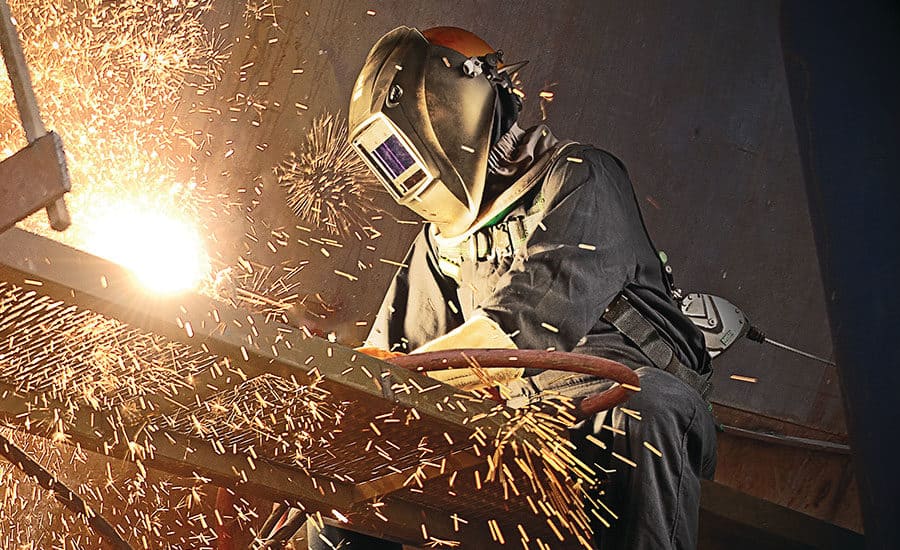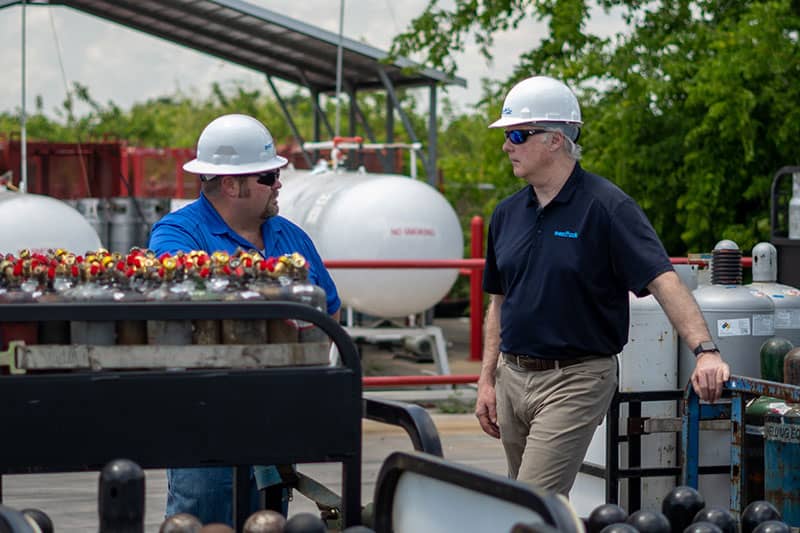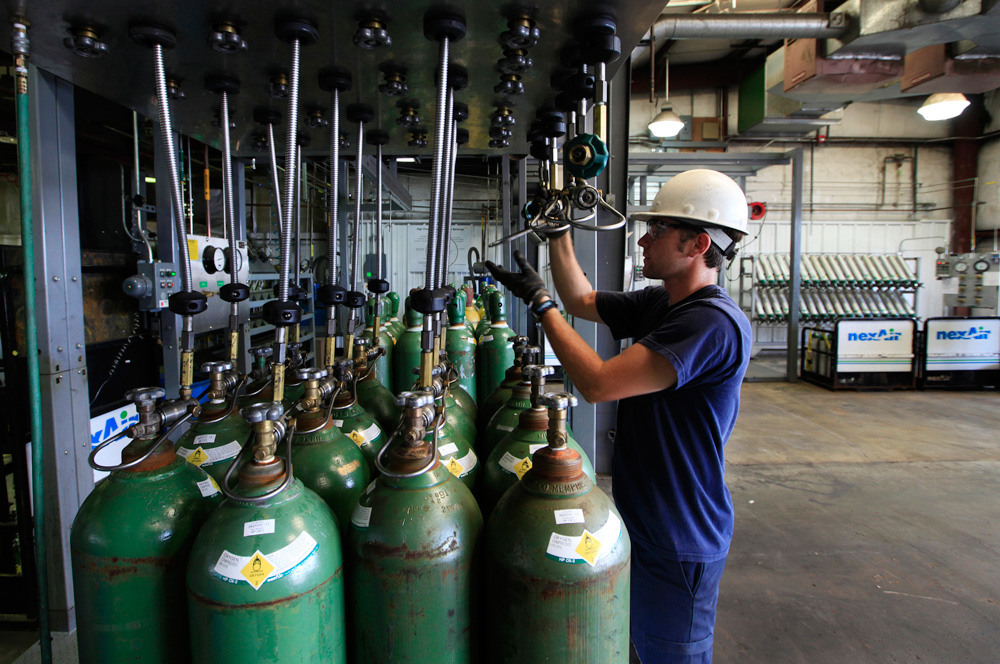Plastics
Plastics of all kinds are a regular part of life. They help us safely hold a cup of your favorite beverage, they protect us from falls and collisions, and they aid us in giving life-saving medical care each and every day. Yet, the role that industrial gases play in the making of plastic is somewhat overlooked. In most cases, our favorite everyday products are dependent upon quality gases in the manufacturing process in order to make the type of plastics needed to form the solutions we seek.
Industry Gases
C2H2 |
Acetylene
Acetylene (C2H2) is utilized with other chemicals or elements like chlorine, hydrochloric acid, etc. to produce different variants of plastic like PVC, PVDF, etc. These plastics are commonly used to fabricate several different household and commercial products. |
NH3 |
Anhydrous Ammonia
Anhydrous Ammonia (NH3) is used in the polymerization of styrene and the manufacturing of several different types of plastics. |
N2 |
Nitrogen
A key factor in the use of nitrogen (N2) in plastics production is that it is both dry and inert. These two factors make nitrogen a favored gas to use as it maintains the quality and integrity of the process of forming as well as the molded product. This means that it will help maintain the desired color of the product due to the removal of oxidation while forming. Nitrogen also ensures that the polymer being molded has both its intended strength and integrity for a better finished product. |
Other Gases We Carry
Don't see what you're looking for?
Everything we offer is a click away and it will arrive before you know it.


